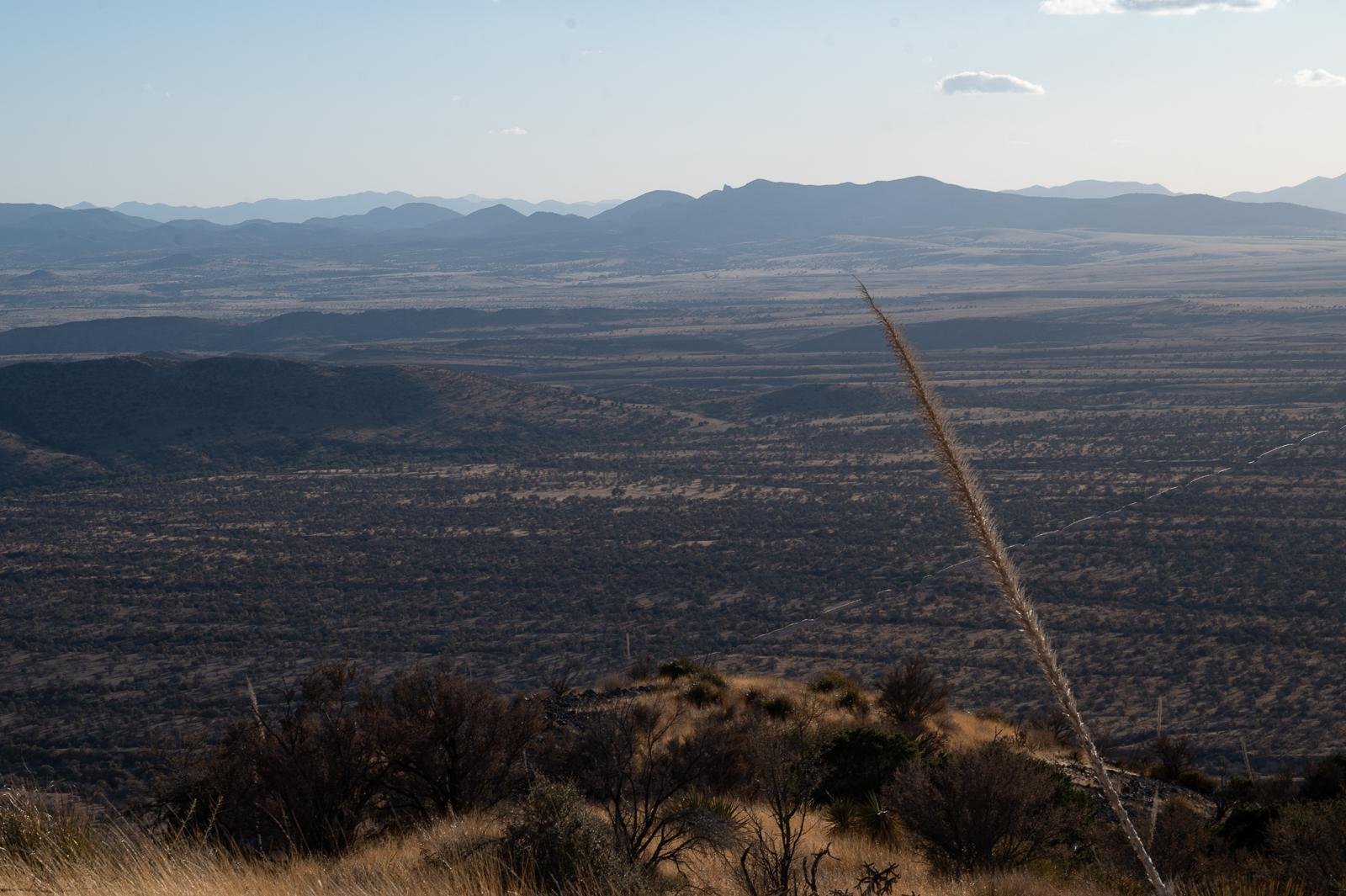arizona
Trump’s Border Militarization Claims: Arizona’s Frontier Remains Surprisingly Silent

Amid a breezy afternoon, the imposing 30-foot-high border wall emits a low rumbling sound, reminiscent of a truck’s low gear. This structure, which stretches nearly 12 miles from Naco, Arizona, to the San Pedro River, features sections ranging from 18 to 30 feet high, constructed during both the Obama and Trump administrations. The area remains quiet, contrasting sharply with previous claims from the Trump administration of a “national emergency” necessitating military expansion and the appropriation of public land.
On the recent Easter weekend, only a handful of Border Patrol agents were present. Reportedly, no active-duty military personnel were visible, which diverges from earlier announcements of troop deployments. One agent described the day as particularly uneventful, stating, “It’s been really quiet.” He noted that when reports of unlawful crossings emerge, multiple agents scramble to respond, eager for action.
Another agent expressed concern about maintaining his dog’s training due to the lack of activity, often losing training opportunities to fellow agents already on the scene. He mentioned that the Mexican military’s efforts to dismantle smuggling operations across the border were making their jobs more challenging. These developments have contributed to a significant drop in apprehensions along the border.
Statistics reveal that arrests have markedly declined, with Border Patrol agents apprehending just 7,181 individuals in March, down 14 percent from February and a staggering 95 percent compared to March 2024. Pete Flores, the acting CBP commissioner, attributed this decrease to the dedication of Border Patrol agents, emphasizing their role in national security.
During an interview with the Tucson Sentinel, Border Patrol’s Tucson Sector Chief, Sean McGoffin, acknowledged the complexity of modern immigration issues. He emphasized that addressing narcotics and weapons trafficking is equally vital as handling immigration. “Smugglers treat people as commodities, leading to life-threatening situations in the desert,” he asserted. He also cautioned that drug smuggling poses a severe risk, potentially leading to fatal overdoses in the U.S.
McGoffin indicated that increasing prosecutions against undocumented crossings has had a deterrent effect. Following new asylum policies from the Biden administration, there has been a discernible shift in migration patterns. “The assurance that crossing the border will result in arrest has changed perceptions,” he explained.
Furthermore, the military’s presence at the border is conceptualized as adding “extra linebackers,” helping agents manage threats. McGoffin described this level of vigilance as crucial for addressing potential dangers, regardless of visible activity on the opposite side of the border.
Since President Trump took office, measures to tighten border security have escalated, with resources allocated to military support at the border. Trump’s administration initiated the transfer of federal land to military control, asserting it as a means to bolster national security along the U.S.-Mexico border.
Last week, the Interior Secretary announced the transfer of nearly 110,000 acres in New Mexico to the Army, a strategic move intended to bolster border security operations. However, concerns have arisen about public access in areas designated as National Defense Areas.
While soldiers can be seen in specific regions of Southern Arizona, overall military presence along the vast expanse of the border remains limited. With new border wall construction planned to commence in May, the environmental implications of these efforts raise significant concerns.
Environmental advocates warn that constructing nearly 25 miles of new border wall through biologically sensitive areas could devastate local ecosystems. Santa Cruz County Sheriff David Hathaway confirmed preparations for construction, noting that contractors are set to transport materials to the worksite soon.
As uncertainties persist regarding military management and public access in these newly designated areas, the implications for local communities and ecosystems continue to unfold.


















